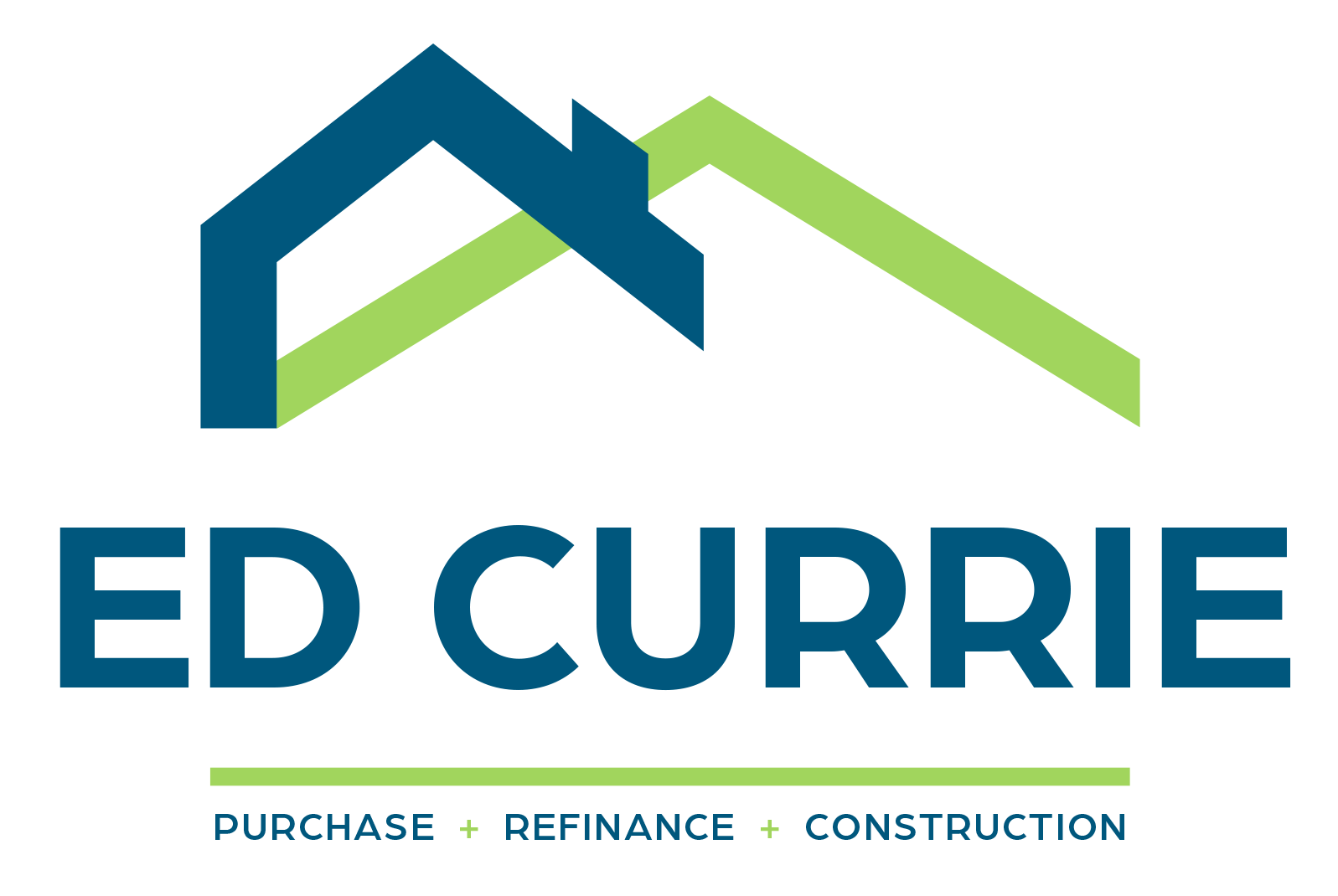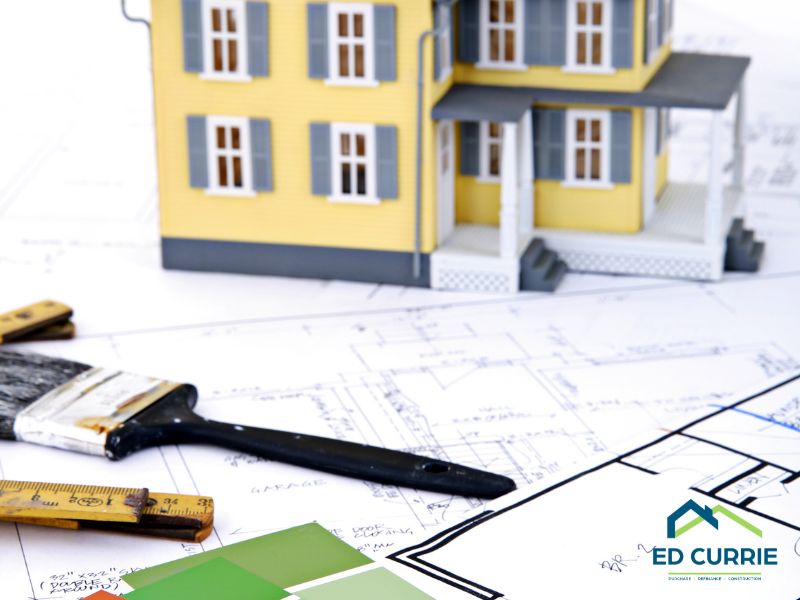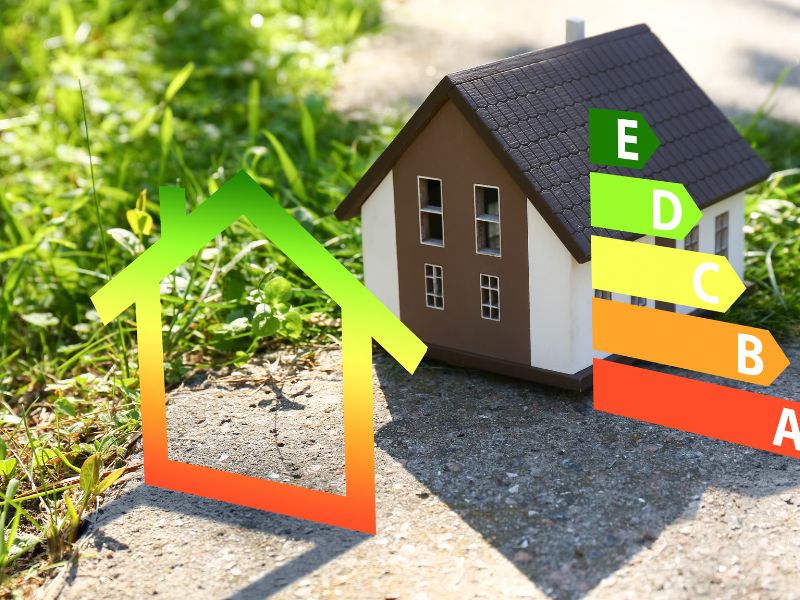
When planning a construction project, understanding the difference between hard costs and soft costs is essential for accurate budgeting and successful project management. Both types of expenses play a crucial role, but they cover different aspects of the project. This guide will break down what hard and soft costs are, explain their importance, and provide insights into managing these expenses.
What Are Hard Costs in Construction?
Hard costs, also known as direct costs, are the tangible expenses directly related to the physical building process. These include:
- Materials: All the physical items required for the project, such as concrete, steel, wood, and plumbing fixtures.
- Labor: The wages paid to workers, including contractors, subcontractors, and skilled tradespeople.
- Equipment: The cost of machinery like cranes, excavators, and scaffolding needed for construction work.
Hard costs are usually the largest portion of the budget and are easier to track since they directly contribute to the physical creation of the building.
What Are Soft Costs in Construction?
Soft costs, or indirect costs, are expenses related to the non-physical aspects of the project. These include:
- Design and Engineering Fees: Costs associated with hiring architects, engineers, and consultants to design the project and ensure it complies with local regulations.
- Permits and Inspections: Fees for obtaining permits and conducting mandatory inspections during and after construction.
- Legal and Insurance Fees: Covering the legal work needed for contracts and securing insurance to protect the project from risks.
- Financing: Interest, loan origination fees, and other financial costs are also part of soft expenses.
Unlike hard costs, soft costs may be less visible but are just as important in ensuring the project moves forward smoothly and stays compliant with laws and regulations.
Managing Hard and Soft Costs in Construction Loans
Proper management of both hard and soft costs is essential for keeping the project on track and within budget, especially when it comes to construction loans.
Disbursing Hard Costs
Hard costs are typically disbursed in stages based on completed milestones. For instance, lenders might release funds after foundation work is completed or once the roofing is installed. A third-party inspector often verifies the progress to avoid disbursing funds prematurely.
Disbursing Soft Costs
Soft costs can be more challenging to disburse since they don’t involve visible progress like hard costs. Lenders usually require detailed documentation such as paid invoices and lien waivers to ensure the borrower is using funds appropriately. Some lenders also match soft cost disbursements to the percentage of hard costs completed, providing more control over spending.
Understanding the differences between hard and soft costs is essential for anyone involved in a construction project, from lenders and builders to property owners. Hard costs cover tangible, physical aspects of the build, while soft costs involve the behind-the-scenes elements that make a project possible. Proper management of both types of costs ensures that the project stays on track and within budget.




![EdCurrie_Logo White[Transparent] EdCurrie_Logo White[Transparent]](https://edcurrie.com/wp-content/uploads/elementor/thumbs/EdCurrie_Logo-WhiteTransparent-qybu3sjgpfhje9098uitv7fpt7os2hgn52gfy6ocx4.png)